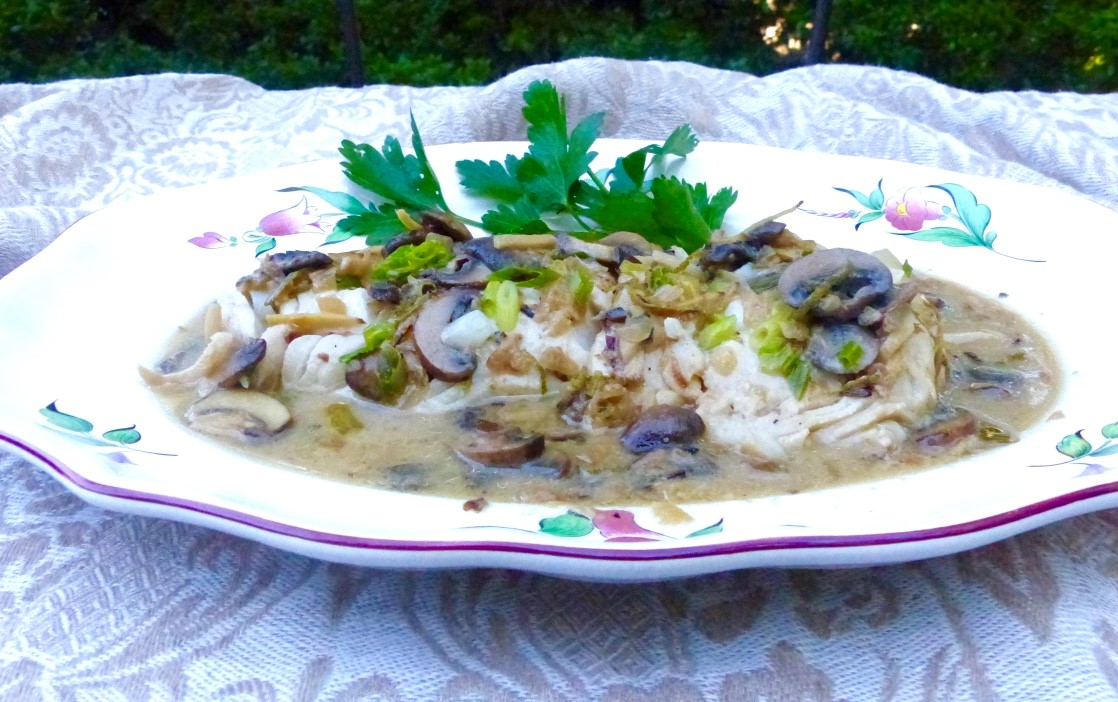
Customs and Cuisine of Mali
The Dogon region of Mali, where Tandana Foundation works, is a UNESCO World Heritage Site and home to about 350,000 Dogon people, as well as a large number of Peuls (Fulani) and Bambara. Agriculture is focused mainly on subsistence farming, including millet, sorghum and peanuts.
Though the Dogon region has strong influences from Islam, French colonization and Christianity, many of the traditional ways of life and shared cultural heritage have been maintained. Crafts include masks, sculptures, and dyes, done with both indigo and mud techniques. Many festivals and ancient dances are celebrated. According to Tandana Foundation, the daily struggles of life experienced in the region serve to deepen the joy of the Dogon people in celebrating their accomplishments and new friendships.
Chronic food insecurity is a significant issue in Mali. Approximately 24 percent of households in Mali are moderately to severely food-insecure. Approximately one in every three children under the age of five is stunted due to malnutrition. Parts of Mali experience an agricultural lean season, which makes the problem even more severe.
Hear a Tommo So language lesson: http://tandanafoundation.org/language.html
Learn about traditional Dogon medicine: https://www.youtube.com/watch?v=n9QAxEqySCo
Sources:
The Tandana Foundation, UNEP
View Recipes from Mali
Mali
